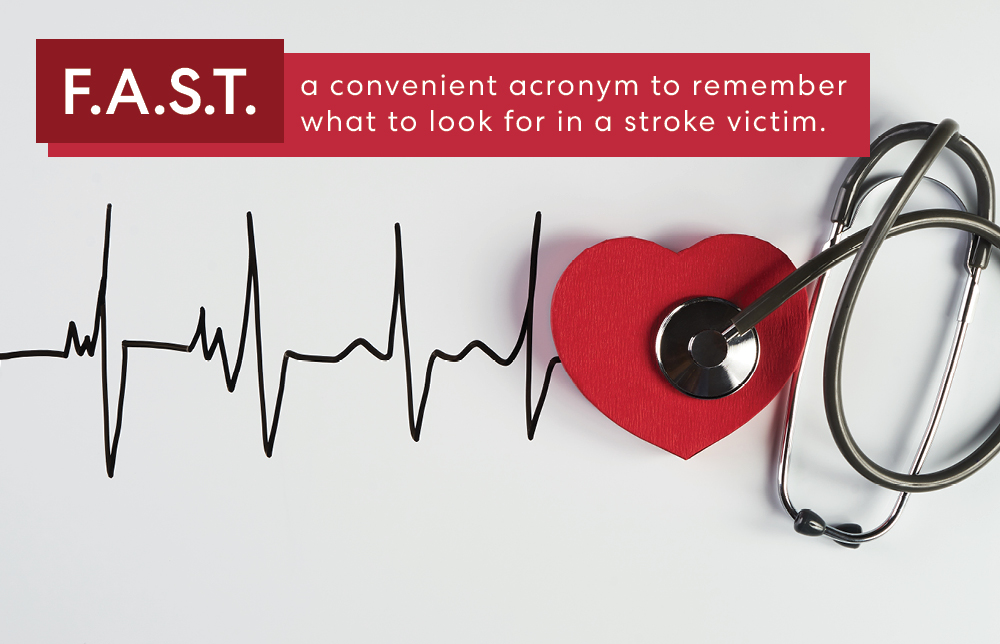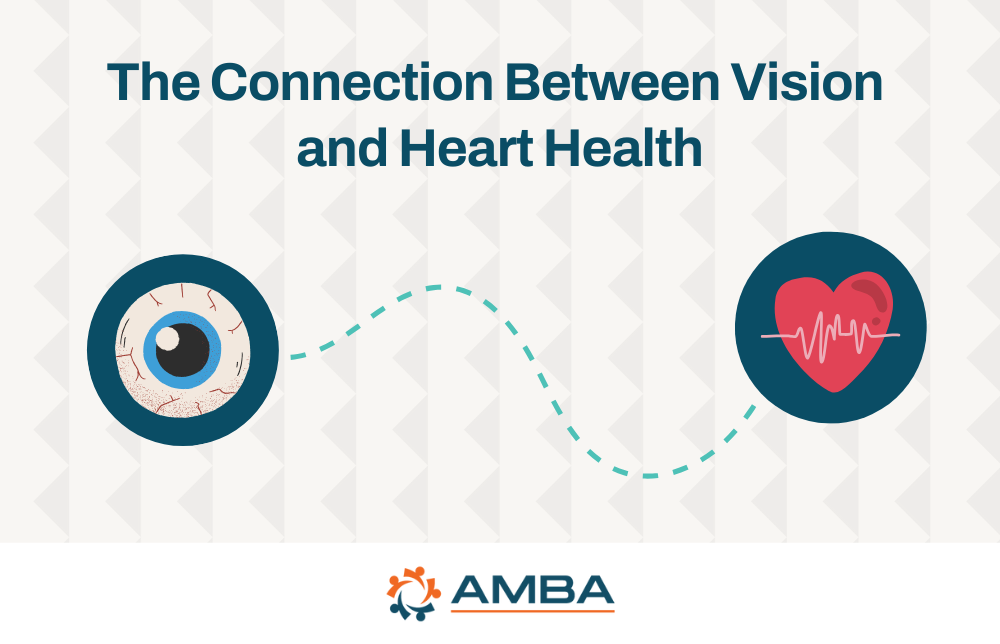
How “F.A.S.T.” Can You Recognize the Signs of a Stroke?
June 25, 2021
According to a recent study, the majority of adults don't know the most common symptoms of a stroke. This is particularly alarming because nearly 800,000 Americans suffer a stroke each year. And with a stroke, time is truly of the essence. Patients who are given of the clot-busting treatment t-PA (tissue plasminogen activator) within three hours are significantly more likely to leave the hospital after three months with little to no disability. The catch: t-PA must be administered within three hours of the beginning of the stroke. Currently, less than 5% percent of stroke patients reach the hospital within that time frame.
The earlier you’re able to recognize symptoms, the better your chances at reducing long-term disability from stroke for a loved one or yourself. You can make all the difference if you’re able to act F.A.S.T.
“F.A.S.T.” is a convenient acronym to help you remember what to look out for in a stroke victim.
- Face: Does one side of the face droop?
- Arm: Is one arm or leg weak or numb?
- Speech: Is speech slurred or strange?
- Time: If you observe any of these signs, call 911 immediately.
Additional indications of a potential stroke include a severe headache, loss of balance/dizziness/difficulty walking, and trouble seeing in one or both eyes.
The more you’re able to recognize these symptoms, the more likely you are to minimize the long-term effects of a stroke and even prevent death. Calling 911 is critical because trained EMS personnel can start the care protocol on the way to the hospital and have specialized teams standing by, ready to administer the appropriate treatment immediately.
Another important way to be prepared for a stroke is with a Cancer/Heart/Stroke policy from ARSEA/APEAL and AMBA. This plan pays money directly to you in one lump sum payment upon diagnosis of internal cancer or malignant melanoma, heart attack, or stroke. The money is yours, to be used however you like: to cover the costs of hospital care, travel, or other out-of-pocket expenses. Learn More Here.
Source: www.ahajournals.org/doi/10.1161/STROKEAHA.120.031137
RECENT POSTS

The Top Scams to Watch Out for in 2025
In our increasingly digital world, the top scams continue to evolve, with fraudsters developing new and sophisticated ways to
Read More

There’s More Connection Between Your Vision and Heart Health Than Meets the Eye
We all remember the song “Dem Bones,” with lyrics like “The hip bone's connected to the backbone.”
Read More

Fall in Love with a World of Savings This Valentine’s with AMBA Passport
Here’s some fun trivia about Valentine’s Day: it’s believed that Geoffrey Chaucer invented
Read More

How Often Should Older Adults Go to the Dentist?
The eyes may be the gateway to your soul, but oral health is a window into overall health. When it comes to your teeth and
Read More

